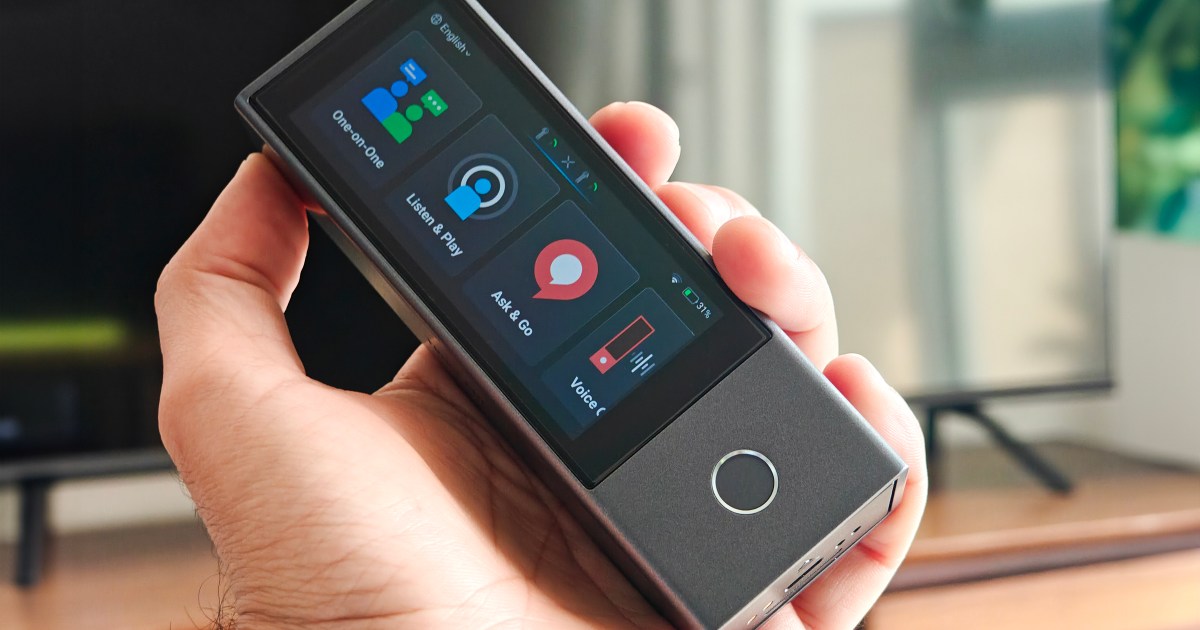The Hitchhiker’s Guide to the Galaxy declares the “Babel” fish to be “probably the oddest thing in the Universe.” It’s described as a “leech-like” fish that fits into your ear, feeds off of the brainwaves in the surroundings, and then defecates inside your ear to produce sounds in a language that you understand. Effectively, it is a very gross and flagrant, but extremely sophisticated device for real-time translation.
Nearly half a century after Douglas Adams wrote the mind-bending and earth-shatteringly (literally) convulsive saga, the concept of a Babel fish still feels highly spellbinding. While we are still not so close to the brainwave-to-defecations level of immediate translations, a bunch of gadgets are chasing that problem in a much less disgusting way. Google’s Interpreter mode and Samsung’s Galaxy AI are prime examples of translation technologies that are readily available, but a few brands want to tackle the issue separately from the smartphone. Timekettle is one of those brands, and its latest X1 Interpreter hub is a handheld device that claims to do it differently (read: better) using AI.
I am trilingual and had fun testing Timekettle’s X1 AI Interpreter Hub extensively. But apart from just some amusement, I also used it to communicate with the company’s Hong Kong-based founder in Chinese and during a trip to Malaysia last month. I even volunteered to accompany my wife in watching her favorite Korean dramas without needing any subtitles, and I’ll detail below just how that went.
What makes Timekettle X1 so different
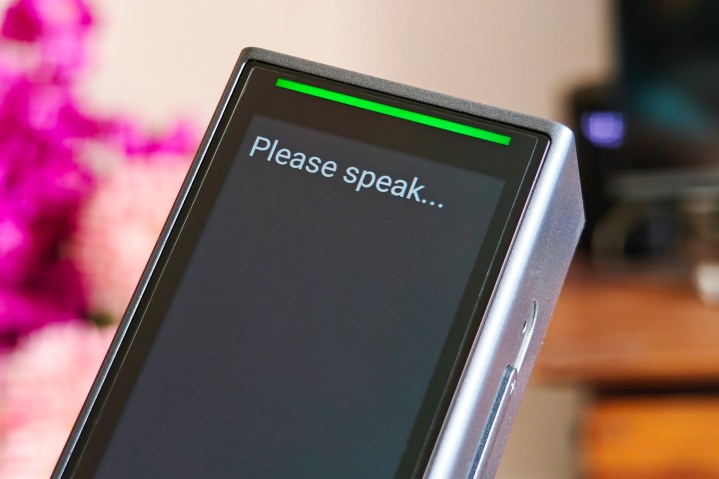
There’s no shortage of dedicated gadgets specifically meant for translation. Timekettle itself offers a slew of accessories (several of which are handheld) to solve the communication gap between two very distant languages. You have probably even heard of AI and translation in the same sentence after ChatGPT really burst onto the scene in late 2022.
But the X1 AI Hub, the company says, takes a better approach than many of the existing options. It’s an independent solution that currently supports up to 40 languages and 93 accents, with more expected to be added with future software updates. It even works offline (for select languages) and supports translations through a loudspeaker or a pair of earphones (that come with it).
Each X1 hub has a unique phone number that can be used for direct calling free of cost and without any geographical restrictions, so long as you have internet connectivity. Most importantly, any translation, whether in real time or over the phone call, is end-to-end encrypted, which prevents it from being intercepted and interpreted by anyone along the way. All of these features are packed into a somewhat girthy, but still pocketable gadget that runs on Android, which simplifies software updates for the company and the users. It also supports interaction via touchscreen.
Unique and unusual hardware
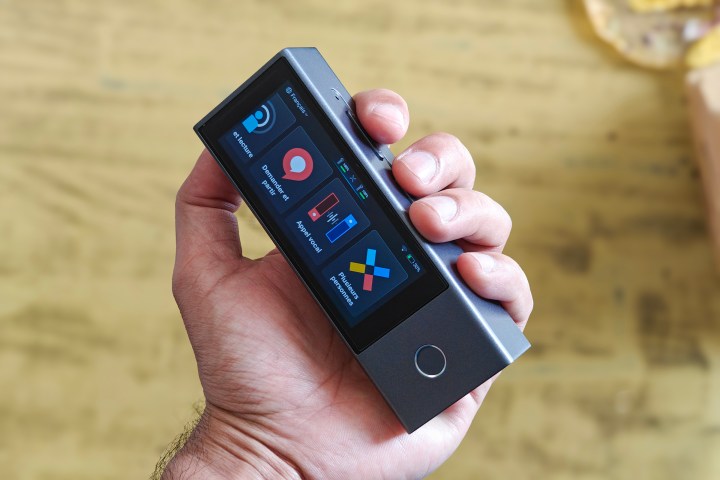
Speaking of its physical attributes, the Timekettle X1 is a rectangular block with nearly the same length, but half the width of a regular slab phone. These dimensions make it fairly easy to hold and use with one hand.
The first thing to notice is the 3.4-inch touchscreen, which serves as the primary — but not the only — means of interacting with the translator. There is a multipurpose, capacitive, nontactile button beside the display that usually triggers a “back” gesture, but can also be touched and held to trigger the instant translation mode that I will discuss later. Two sets of tactile buttons are on the side for standard functions like power and volume up and down. A tiny mic resides next to these.
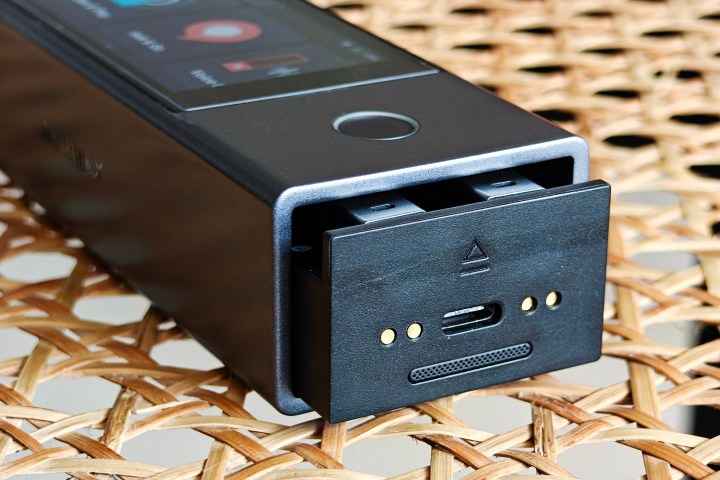
The bottom of the X1 hub has a USB-C port for charging and a speaker strip. The area also features a few connection pads for pogo pins, which comes in handy while using a dedicated dock (sold separately) that can charge up to five X1 hubs simultaneously. This part of the X1 hub also serves as a tray that uses a push mechanism to open or shut. The tray is used to park the earphones, which are part of the gadget and are used to deliver translated voices right into your ears.
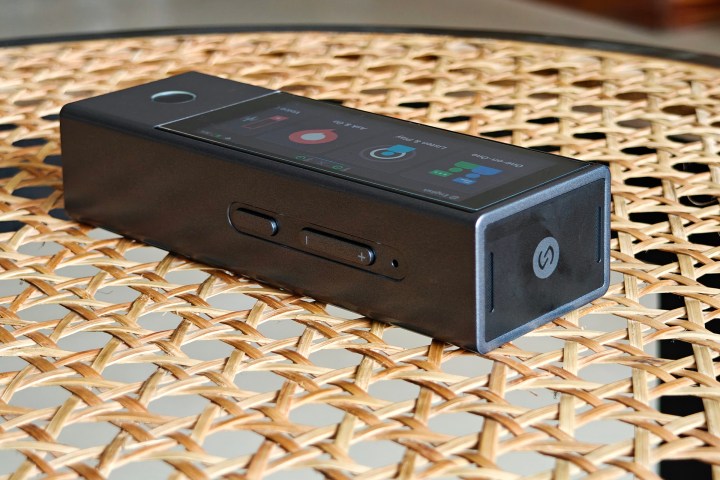
On the exactly opposite edge are two more cutouts — presumably for more loudspeakers — and an NFC contact point that can be used to pair two X1 hubs instantly.
The earbuds part of the package come in a partial in-ear design and, hence, do not offer any noise isolation. While it could be a bit distracting, this is a conscious choice to ensure the actual voices of other people are not muted. The half-in-ear design makes the earbuds easier to fall out, and Timekettle’s gesture of including earhooks and silicone pads to keep them steady feels thoughtful. However, the fact that earbuds need to be placed back inside the device when not in use makes it much earlier for you to lose the hooks, and I actually ended up not using them at all.
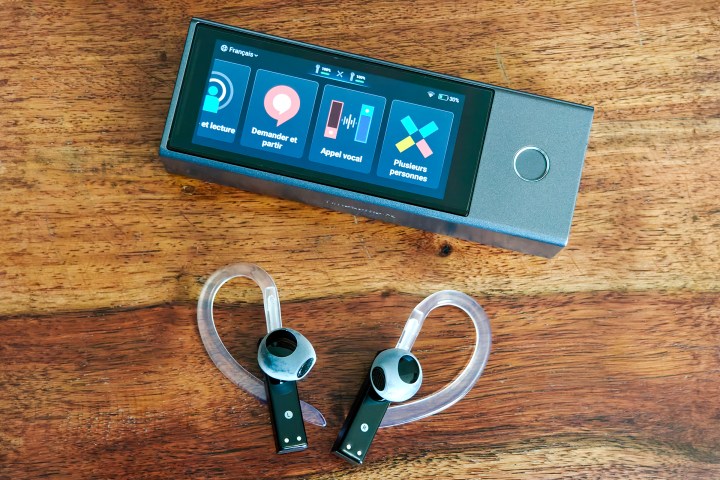
I still wish there was a way to pair custom earphones with the hub, but the company tells me it has specifically tuned the noise-suppression algorithms based on the drivers of these earbuds. Hence, the choice to not support third-party listening solutions is conscious, too, as it would interfere with the reception.
The interface is really easy to grasp and interact with. Even though it’s still based on the obsolete Android 10, the company told me it will keep on pushing regular updates to the interface over the years, primarily to improve the algorithm’s vocabulary and understanding of slang and accents. While it would be nice to see some visual changes coming to the interface, the company does not make claims in that regard.
How the translation features work
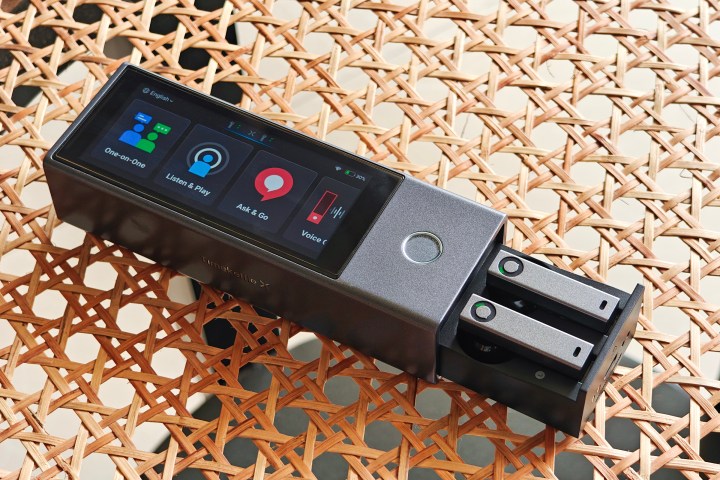
The Timekettle Interpreter can be deployed in a few different ways to make multilingual conversations easy and effortless. While all modes predominantly serve the same purpose — translating spoken words to your preferred language — each is optimized for different scenarios. Based on the mode, you can use one or multiple Timekettle X1 hubs to interact with other people.
One-on-One
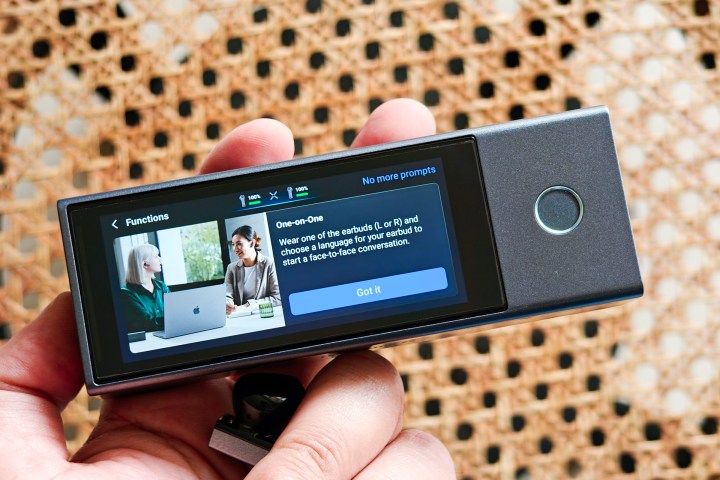
The first mode is designed for intimate in-person conversations between just two people. You put one of the earphones inside your ear and share the other with the other person. You can assign different languages to each earphone and essentially keep the hub aside (but within range for the earphones to stay connected).
The earphones listen and then relay the message back to the hub, which takes about a second to translate. The translated words are transmitted back to the other earphone instantly. All of this happens while the entire conversation is transcribed and shown on the X1 hub’s display.
The translations in this mode are usually accurate, but not truly compelling. The mode requires you to have a sufficient distance between the two participants to prevent each other’s voices from cutting through the other’s earphones. If they are sitting nearby, the hub tends not to register words properly — or sometimes understands correctly, but then overwrites it with something less meaningful.
Listen & Play

The next mode is purely for listening to another person speak without having to talk yourself. In this mode, you choose the languages, place the hub closer to the audio source, and then tuck both earphones inside your ears.
The application is straightforward, and the results are as good as expected. Since the microphones on the earphones are not being engaged and, therefore, not battling with each other, speech goes through more smoothly.
It is worth noting that while translations begin instantly — and can be viewed on the display — the X1 hub requires a one-second to two-second break to start playing that in the earphones. This can make it a bit difficult to understand context, especially when the speaker doesn’t know you need them to step back for a bit for your translation device to kick in. Once it starts, though, it can go on without breaks. But the translated speech hits your ears a few seconds late, which, again, makes it slightly jittery.
To be fair, that’s faster and more accurate than what most smartphones offer. As I wrote, it works fine once the speaker takes a small break. Therefore, the mode is effective for any online talks or presentations you may be attending. It doesn’t prove very practical for watching a movie or TV show in another language because the translated speech sounds very mechanical without any emotions or linguistic distinctions for different characters. The company says these features will arrive in a future update, but I will reserve my thoughts until I use them myself.
Ask & Go
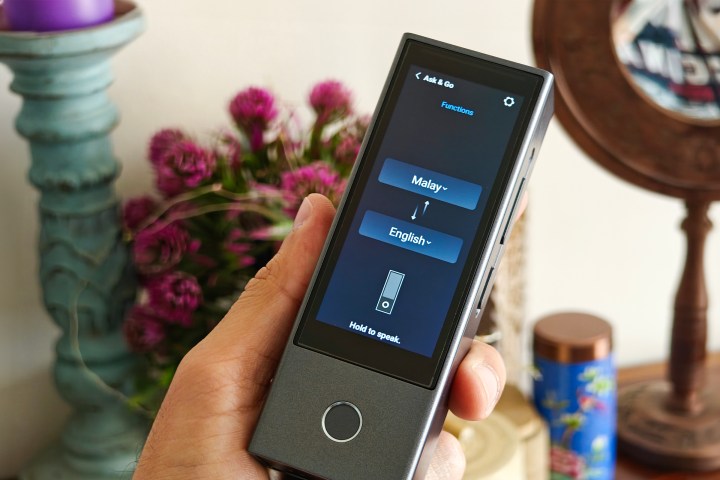
Unlike the previous two modes that facilitate translation in quieter environments, Ask & Go is better suited for louder, more outdoorsy settings. More importantly, it truly makes use of the handheld design, allowing for quick and straightforward usage.
You can set the language once and start the mode to interact without any flustering requirements to share earphones. The Timekettle X1 hub will use the external microphone to hear both languages and then play the translated version over the loudspeakers. Once the language is set, you can even toggle this mode simply by holding the capacitive button on the front, making it the quickest and easiest mode to use on the translator.
More importantly, the mode allows more than just two users to participate in a conversation and automatically detects when one of the two selected languages is being spoken. This is especially useful when you are traveling to a foreign country and need to interact with a local in a social setting, such as a street.
While the functionality is similar to what you can achieve with a phone, the speed — and the surprisingly improved accuracy compared to modes that require the earphones — makes this feature very compelling.
Voice Call
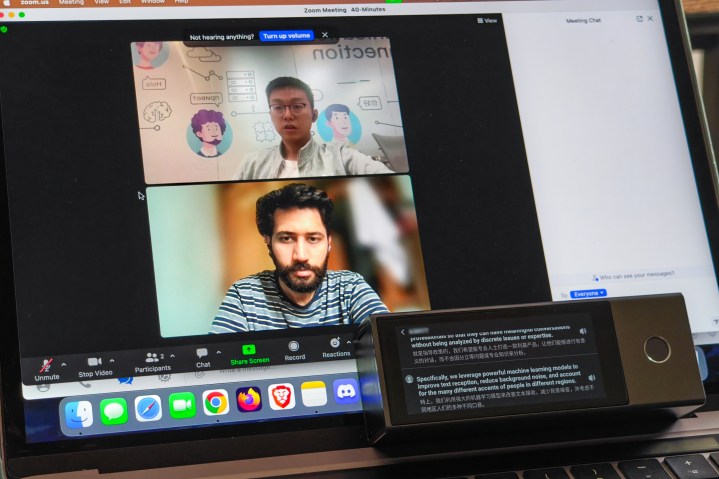
Another notable — and perhaps a standout — feature of the Timekettle X1 Interpreter hub is its ability to make multilingual voice calls like regular internet calls. Each unit is assigned a six-digit phone number that can be used to call another unit anywhere on Earth so long as they are connected to the internet. The facility is currently available free of cost and offers near-instant translation.
To test this functionality, I spoke with Leal Tian, the CEO and co-founder of Timekettle, using the voice call feature alongside a muted Zoom call. During this call, Tian spoke in Chinese while I spoke in English. Our conversation spanning across topics like the utility of this gadget, the use of machine learning, and the future of the company happened completely in the two separate languages. The flow of the translation was mostly smooth, but there were a few instances of repetition, especially when the device was reattempting to translate something midsentence. This led to some friction, but 90% of our chat was effortless.
As you expect, this can be game-chnging for enterprises, especially if you work with a team of people across different regions.
What does the ‘AI’ do?
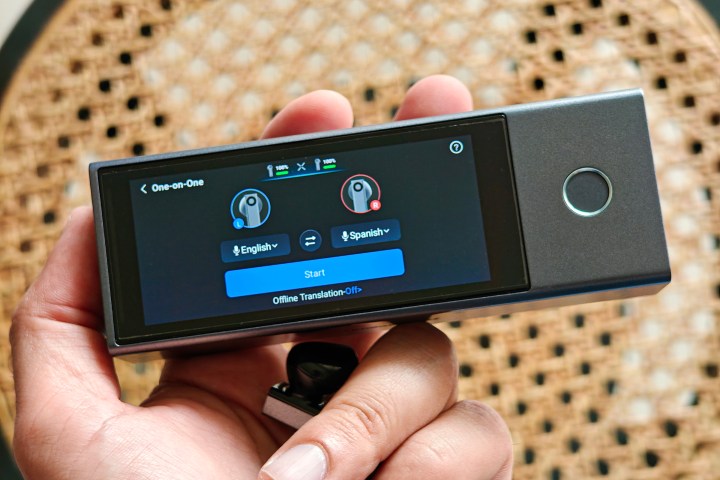
The Timekettle X1 AI Interpreter hub feels like a practical solution to fill in communication gaps, especially for enterprise settings. A key aspect, duly represented by its name, is its reliance on AI. During my conversation with Timekettle’s founder, I asked about the role AI plays on the device to get a grasp of whether this is actually a feature or the company simply cashing in on the feature. Here’s what I was told:
The X1 AI Interpreter hub predominantly relies on two language models. The first one is known as TurboFast, which allows simultaneous word-by-word translation in both languages. As per Timekettle, it chooses a word-by-word route instead of a per-sentence route to cut down on wait time while one of the users is speaking. The other model is called BoostClean, a statistical model meant to clean out errors in a data set, is used to suppress background noise.
These data models, as per Tian, are constantly updated on the server side, but without using any private data from the users — to add confidence that the gadget will not snoop in on your confidential conversations. I was also informed the company is currently evaluating the use of custom translations on each device, to allow users to register and translate technical jargon or any professional terms used in very specific contexts. This might be delivered as part of a future update.
A great device that falls short
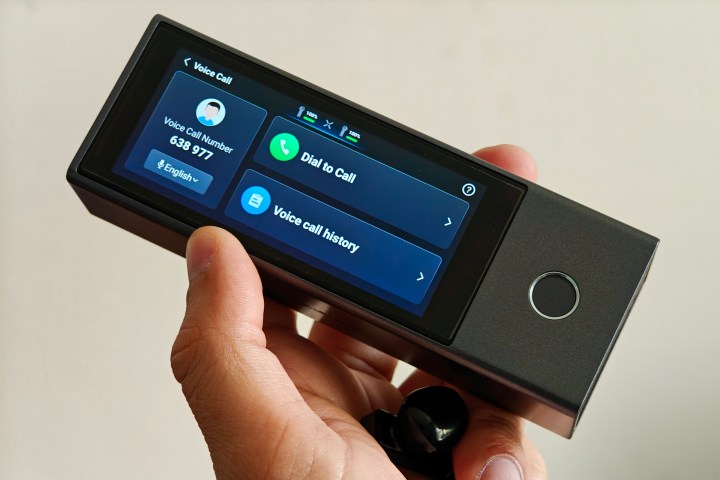
Humans are usually most expressive in their native languages, and that is why translation remains vital to understanding other perspectives. At the same time, an immeasurably large and constantly evolving library of different languages aided by AI solves many issues with direct translation tools, especially on phones.
The Timekettle’s expansive list of features further aids in facilitating communication for different scenarios. This becomes even more exciting when we factor in the quickness of translations. In theory, this sounds like an indispensable tool, especially for business settings. However, some flaws prevent it from seeming as effective as the company projects.
The X1 hub still suffers from some operational issues, especially repetition of phrases and out-of-context translations. These can impede conversations and might even negatively impact the outcome. The other concerning thing is its high price: , which can add up to a considerable expense whether you are a small startup looking just to impress international clients or a large corporation looking to engage C-suite executives with an easier chuckle followed by that firm handshake.
Surely, this is far less costly when you account for the lifetime costs and the language limitations of hiring a human interpreter. However, a human’s expertise, even if it is one language, cannot be surpassed by a handheld gadget. A human can introduce more nuances to the conversations or even steer clear of direct translations to avoid conflict after sensing the emotions behind the speech — something technology currently cannot succeed at. The Timekettle hub, at best, can aid human interpreters.
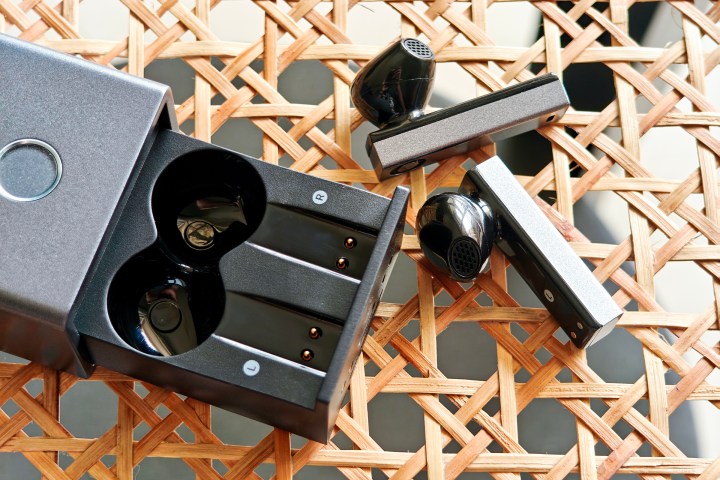
In addition to functional issues, the Timekettle AI Interpreter can still feel lackluster, and I have two ideas for the brand to implement to fix that. First, the gadget needs an auto-detection feature so the users do not always have to manually select languages before starting a conversation. Secondly, I would really like to use it with a voice assistant so I don’t have to fiddle with the menu options, especially since there is limited real estate on that small screen.
While I will not be as ruthless to the Timekettle X1 AI hub as many reviewers have been to the Humane AI pin — simply because it does not reach that level of theoretical groundbreaking prowess — I hope the company patches some of the concerns. That way, it would be easier to justify this high price and actually recommend this to my friends and peers who love to converse in corporate speak.
Editors’ Recommendations

